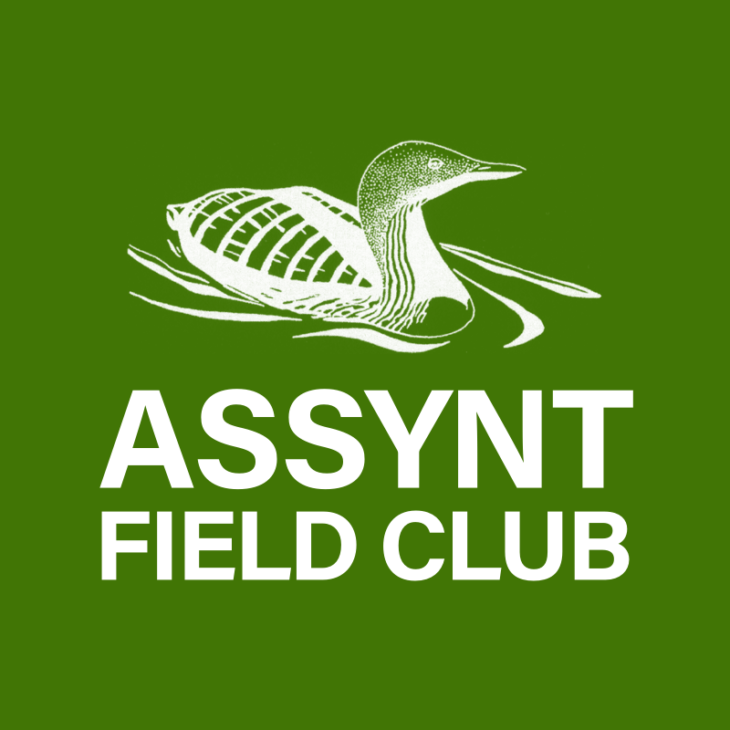What to Spot: February Edition
,
February is a time when a lovely spring like day can encourage some flowers and animals to start emerging from their winter routines. Buds start to appear, reptiles come out to enjoy the few rays of sunshine, some flowers start to bloom and the birds start to sing.
Already I have seen buds on hazel starting to break, flowers starting to appear on gorse bushes and grey herons flying about getting their nests ready for them to breed! Spring is coming!
A few species that are likely to start appearing this month are covered below. It would be great to hear from you about when, and where, you first saw these this year. You may be aware but flowering times are getting earlier each year due to effects of climate change and it would be interesting to see how Coigach and Assynt are changing across the years.
So, let’s start with having a look for trees, plants and flowers
- Gorse flowers – a few little yellow heads are starting to pop up over the mountainsides on these prickly bushes. Often a favourite at this time of year for sheep, who love to nibble the buds from the bush.
- Celandines – beautiful little yellow flowers on the woodland floor
- Primrose flowers in sheltered spots
- Hazel and alder catkins start producing pollen
- Snowdrops begin to flower
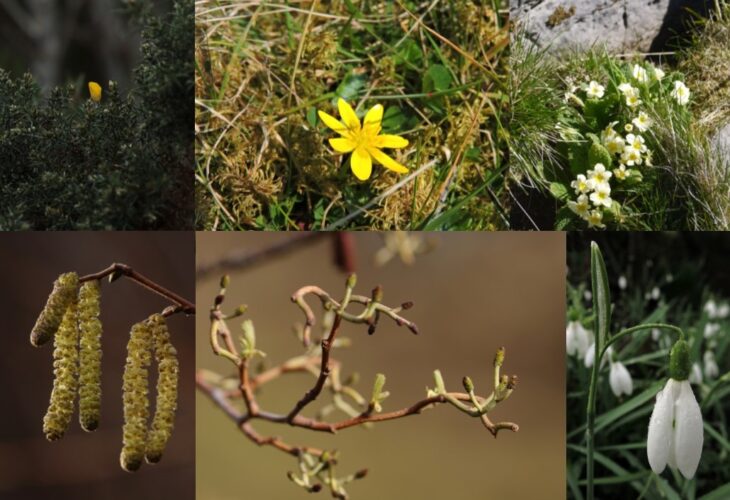
Several species cope with winter through hibernation or dormancy, effectively sleeping through the cold months. They all manage to do this in their own way, favouring different hiding places as well as how they cope. In all cases humans can unfortunately disturb their winter routine with central heating or just by accident. A warm day may also cause an early wake up, allowing them to grab a snack to keep them going a little longer through winter.
- Bats – the first few bats may become visible this month as they use a warmer day to hunt for insects
- Lizards – also hibernate over the winter, waiting for sunny days to bathe in the warmth
- Frogs – shelter throughout winter, beginning to emerge this month to start laying frog spawn
- Slow worms – hibernate in warm places, especially liking compost heaps! Like lizards, they are waiting for the warm sun.
- Peacock butterflies – find a dry cool place to be dormant in for the winter. They create their own form of antifreeze to keep themselves protected from the cold
- White tailed bumblebees – these are one of the earliest bees to be seen in the year. To get to the spring flowers first they over winter as an adult in a cocoon, whereas other species over winter as larvae.
- Palmate Newts – like frogs, they find shelter, beginning to emerge to lay their 200-300 eggs singly
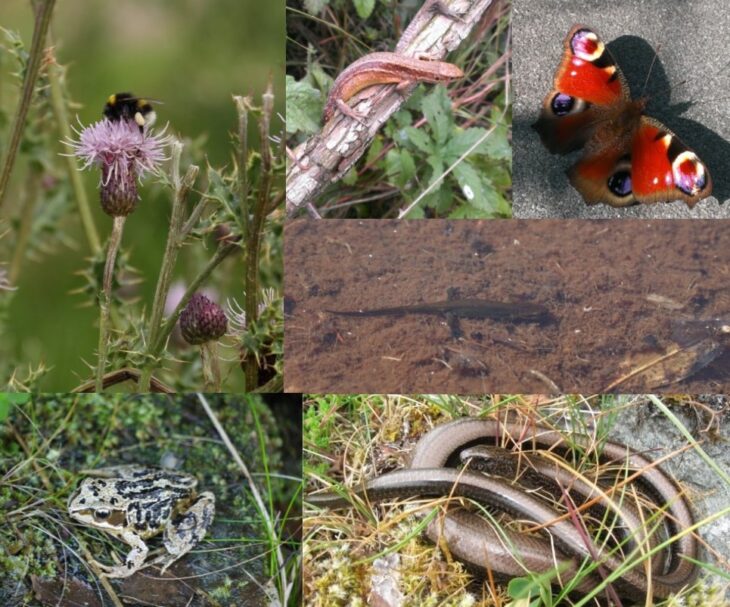
The last couple of species I would like to highlight this month are the Golden Plover and the Grey Heron.
Now is a great time to try and spot a Golden Plover. In the winter months they head towards coastal areas and gather in flocks. During the summer breeding season, they head upland to higher ground and can be a little harder to see unless you take a walk. They are a beautiful golden colour during the breeding season but are currently greyer, not looking dissimilar to a grey plover. The easiest way to tell them apart is to watch them in flight; the golden plover has white armpits, whereas they grey has black.
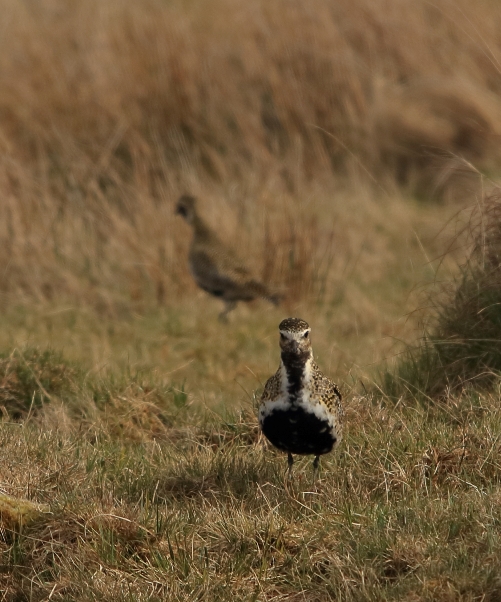
Last but not least, male Grey Herons are starting to find and create nests this month. The better the position and build of the nest, the more attracted the females will be to join them for the breeding season. Once both the male and female are happy with their choice of partner, they will have one brood of 3-5 eggs. They will be incubated for 25 days and when hatched, they will remain in the nest with their parents for around 50 days before they fledge.
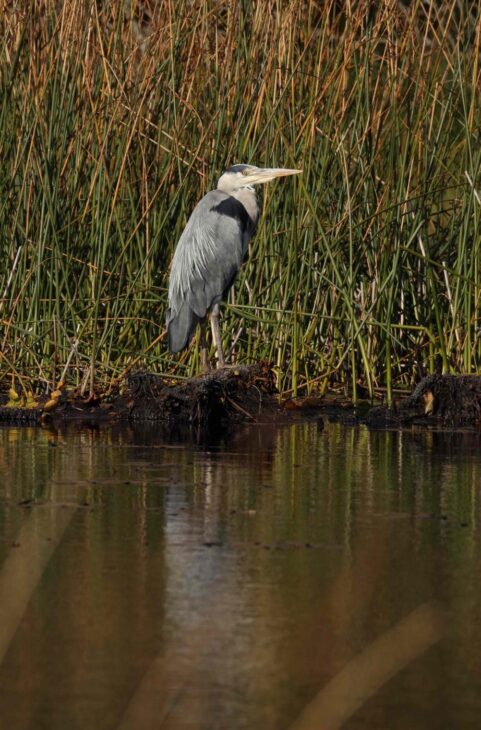
Happy spotting in February and as always please respect the wildlife and enjoy responsibly.
